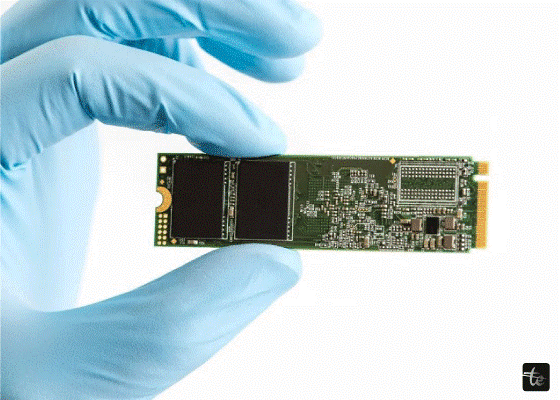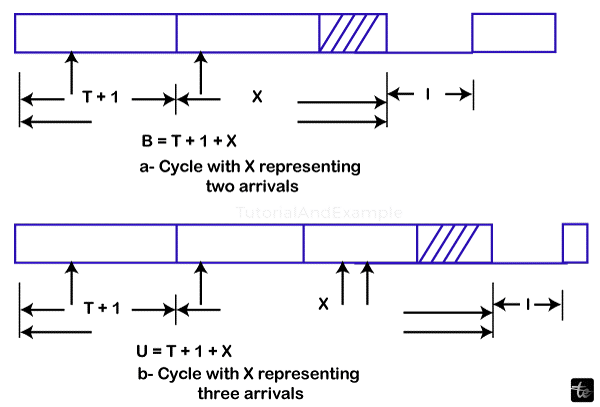1 Persistent CSMA
Carrier Sense Multiple Access (CSMA)
Carrier Sense Multiple Access is referred to as CSMA. One network protocol that relies on the idea of "carrier sense" is CSMA. The CSMA protocol was created to improve network speed and reduce collision likelihood.
Before sending data, a device must first sense or listen to the network medium to determine whether the shared network is available. The gadget will broadcast its data if it detects an idle channel.

While this sensing lessens the likelihood of a collision in the network, it cannot completely prevent a collision.
A technique called carrier sense multiple access (CSMA) is used in Ethernet networks when two or more network devices are linked. It senses or listens to the medium before any data is transmitted in the channel.
1-Persistance CSMA
1-persistent CSMA (Carrier Sense Multiple Access) is the first carrier sense protocol we shall examine in this article. A station listens to the channel to determine if anyone else is broadcasting at that particular moment before sending data. The station waits till the track becomes idle if it is busy. The station broadcasts a frame when it finds an inactive channel. In the event of a collision, the station restarts after waiting for an arbitrary period. Because the station broadcasts with a probability of 1 when it detects that the channel is idle, the protocol is known as 1-persistent.
The propagation delay significantly impacts the protocol's performance. A station that has just started sending may sense the channel and is ready to ship before another station does. The second station will feel an empty track and start broadcasting if the first station's signal hasn't reached it yet, which will cause a collision. This impact gets more significant, and the protocol performs poorer, the more protracted the propagation delay.
There will be collisions even if there is no propagation delay. When two stations are prepared during a third station's transmission, they will patiently wait for the information to conclude before starting their transmissions simultaneously, which will cause a collision. There would not be as many collisions if they were not so eager. However, because neither station has the courtesy to tamper with the third station's frame, this protocol is still significantly superior to pure ALOHA. This strategy should perform better than pure ALOHA, intuitively. The slotted ALOHA is precisely the same.
Operating under the Medium Access Control (MAC) layer, 1-persistent CSMA is an aggressive Carrier Sense Multiple Access (CMSA) protocol variant. Using CMSA protocols, several users or nodes can transmit and receive data via a shared media, such as a section of the wireless spectrum or a single cable or optical fibre linking numerous nodes.
When a transmitting station in 1-persistent CSMA detects a busy channel and has a frame to broadcast, it waits for the other station to finish transmitting before sending again. Since it shares a probability of 1, persistent CSMA is named 1.
It is a system component of Ethernet and other CSMA/CD (Carrier Sense Multiple Access with Collision Detection).

Algorithm
In the 1-persistent CMSA algorithm:
- The transmitting station determines if the channel is busy or idle before sending a frame.
- A collision may happen if two or more channels broadcast simultaneously.
- If the channel is busy, the station waits and keeps checking until the channel becomes idle.
- If the channel is idle, it sends the frame immediately, with a chance of 1.
- In the event of a collision, the station pauses for an arbitrary amount of time before rerunning the algorithm.
Advantage of 1-persistent CSMA
Compared to ALOHA protocols, it offers a higher throughput.
Disadvantages of 1-persistent CSMA
The following circumstances increase the likelihood of collisions:
- Scenario 1: Station A sent out a frame, but it hasn't reached station B because of propagation delay. Assuming the channel is empty; Station B sends its frame. And thus, there's a collision.
- Scenario 2: Station A is transmitting, and stations B and C are waiting for it to finish. When station A finishes transmitting, stations B and C begin shipping simultaneously. The outcome is a collision.
Difference between 1-persistent, p-persistent and Non-persistent CSMA
| Parameter | 1-persistent CSMA | p-persistent CSMA | Non-persistent CSMA |
| Carrier Sense | It sends with the probability of 1 when channel is idle. | It sends with the probability of p when channel is idle. | It sends when channel is idle. |
| Waiting | It continuously senses the channel or carrier. | It waits for the next time slot. | It will wait for the random amount of time to check the carrier. |
| Chances of Collision | There is the highest chance of collision in this. | Less chances as compared to 1-persistence and non-persistence. | Less chances as compared to 1-persistence but more than the p-persistence. |
| Utilization | Its utilization is above ALOHA as frames are only sent when the channel is idle. | It’s utilization is depend upon the probability p. | Its utilization is above 1-persistent as not all the stations constantly check the channel at the same time. |
| Delay Low Load | It is low as frames are sent when the channel become idle. | It is large when p is small as station will not always send when channel is idle. | It is small as station will send whenever channel is found idle but longer than 1-persistent since it checks for the random time when busy. |
| Delay High Load | It is high due to collision. | It is large when the probability p of sending is small when channel is idle and channel is rarely idle. | It is longer than 1-persistent as channel is checked randomly when busy. |
Conclusion
In conclusion, this approach is considered the most direct and primary CSMA method. According to this strategy, the station will immediately transmit the data frame with a 1 probability if it discovers that the medium is idle. Suppose the station wants to send the data in this case. The station then detects the medium first.